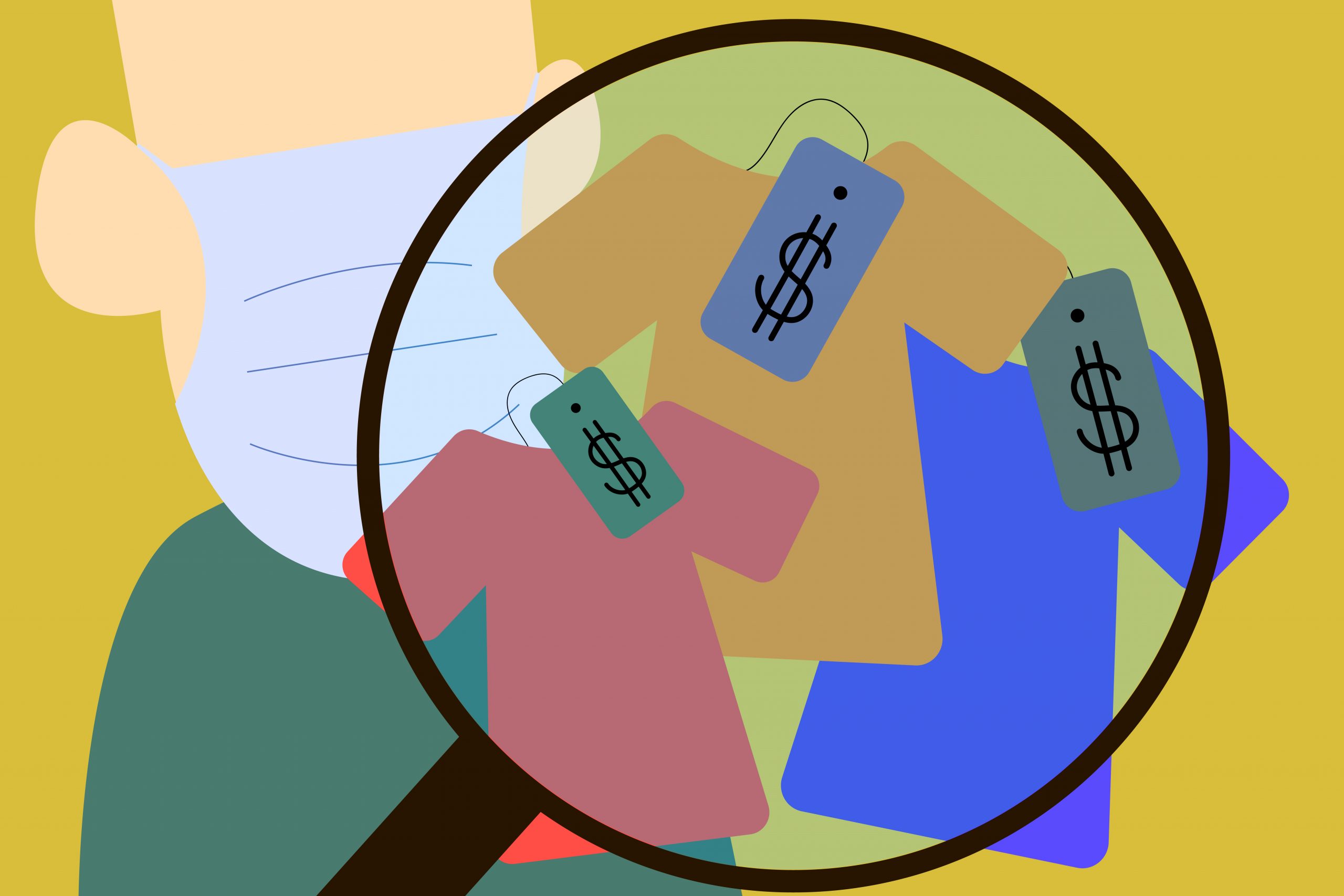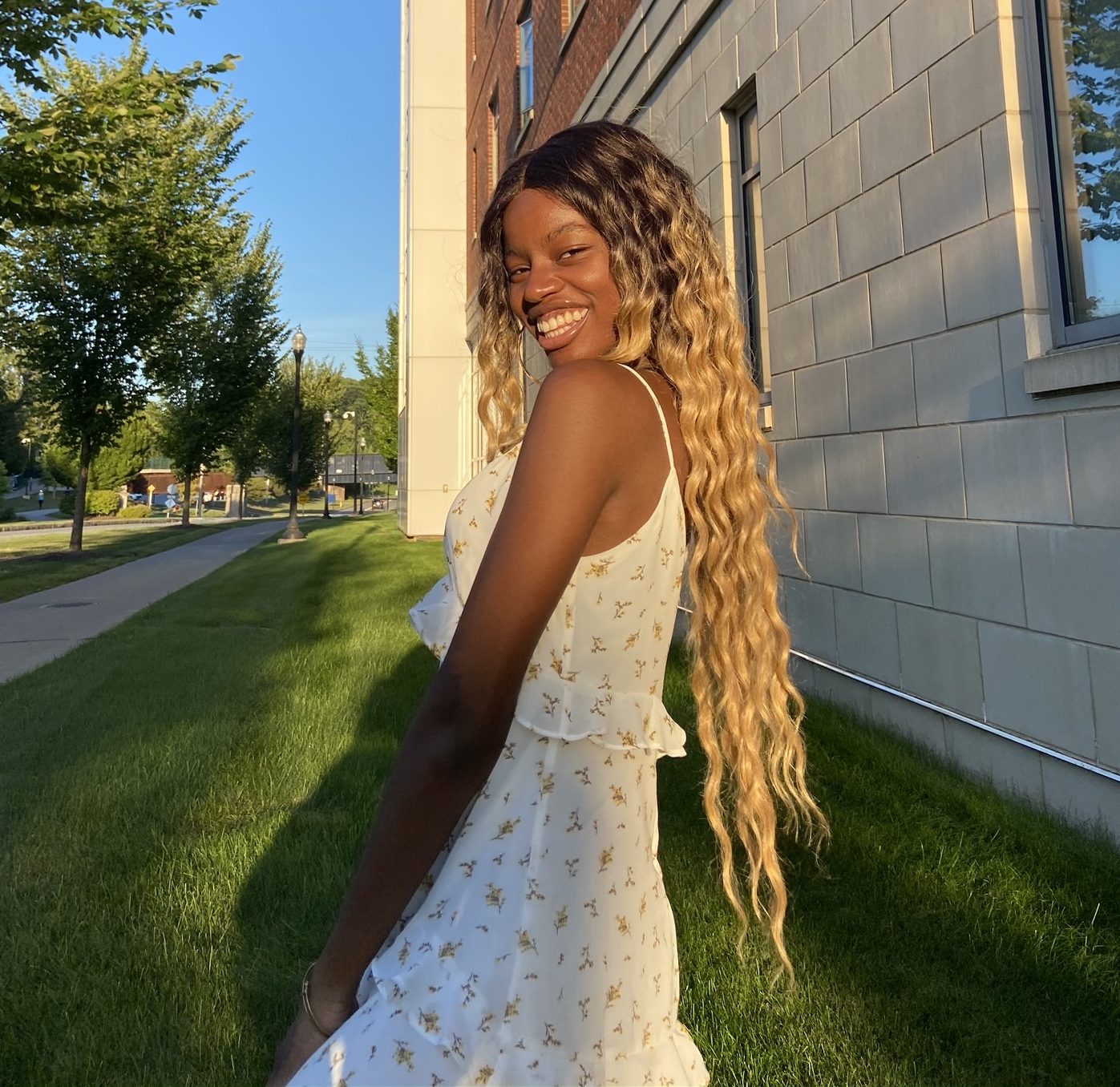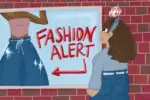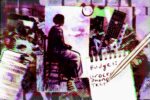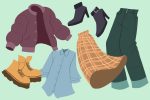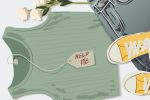It’s like a job interview: Why do you thrift? Where do you thrift? How do you thrift? In response to the toxicity that is fast fashion and its harmful environmental and workplace practices, it’s easy to see why thrifting is on the rise. However, as trendy as it is now (and cheap) to run to thrift stores and rack up on all the latest fashions, it’s important to note that many thrift stores located in low-income neighborhoods aren’t there just for what’s in vogue. They’re there because the people in the community need those resources. Especially during COVID-19, it’s even more important to find ways that we can save ourselves money and follow the trends but also be respectful of those in the spaces these thrift stores occupy. However, not all thrift stores are the same, so let’s get into thrift stores that everyone can enjoy in New York City — safely and respectfully.
Tired Thrift (Curated): 10 Bedford Ave, Brooklyn, NY 11222
On the cusp of Greenpoint and Williamsburg, this thrift store is run by two women who are dedicated to providing clothing that’s vintage, trendy and sustainable for the environment. Noting this, it’s important to recognize the difference between curated clothing and non-curated clothing. As a curated thrift store, that means they’re more selective with their pieces, dedicating time to things that might have higher-priced name brands and items that are more unique. That also means the clothes are more expensive. Through this, they’re able to appeal to the aesthetic of young people, but it’s not a thrift store that’s meant for those in need.
MyUnique Thrift (Not Curated): 218 W 234th St, The Bronx, NY 10463
We all know that thrift shopping takes a few hours at least to sort through the selections for something good. But if you have the time and the patience, it’s definitely worth the effort. MyUnique Thrift isn’t curated, so somewhat like a Goodwill, it’s full of donated clothes that will take some time to sort through. But due to their location and style, they have low prices and many locations all over the city. So if you want to try all of them to compare, it might definitely be worth a shot to find one that’s best for your area. They’re also dedicated to keeping their customers safe during this season so a mask is required and surfaces will be wiped down between all visits.
Beacon’s Closet (Slightly Curated): 74 Guernsey St, Brooklyn, NY 11222
Everyone knows Brooklyn is the place to be when it comes to thrifting. Greenpoint has Beacon’s Closet’s largest shop but their store in Williamsburg is the original location where owner Carrie created the store based on things she had in her own closet back in 1996. Full of trendy pieces, it’s not so much curated as it is a large variety of pieces catering to a specific group of people — typically young people and hipsters. The clothes aren’t so much handpicked for high prices though and the clothing is affordable for the age group it’s targeting. And the best part is, you can even sell your clothes to them! It just depends on what it is, its brand and its condition.
L Train Vintage (Slightly Curated ): Any Location
L Train Vintage is the most popular and probably the best thrift store (in my opinion) to go for a variety of styles and a cheap price on clothes. My favorite location is the one also located in Williamsburg in Brooklyn. Similar to Beacon’s Closet, this thrift store tailors more to a specific demographic of people more so than curating pieces to follow the trends. However, that doesn’t mean there aren’t a variety of styles for all types of fashion wearers at these stores. Especially with their many locations, it’s hard not to find at least something you like at this store. The one in Brooklyn is one huge floor with two sections and my favorite selection would have to be their T-shirts. They’re always so unique!
Buffalo Exchange (Curated): 332 E 11th St, New York, NY 10003
The East Village is the perfect place to take a stroll in the park, visit trendy shops, and of course, go thrifting. So if you’re in the neighborhood, make sure to check out the Buffalo Exchange there. Tucked away on a side street, as soon as you walk in you’ll be surprised to see how big it is. Packed to the brim with clothes catering to the neighborhood of young hipsters and trendsetters, it’s the only place I go when I’m looking for a good pair of jeans. With unique pieces specifically set out for those following the trends, it’s still not hard to find variety in these stores. They too can buy clothes from you but again, it depends on the condition as well as the style.
Thrift Lab (Curated): 37 Greenpoint Ave #405, Brooklyn, NY 11222
We love a secret spot and this thrift store isn’t the most noticeable. Located on the fourth floor of a building, this weekend-only thrift store features fun graphic tees, well-made sweatshirts and wonderful service. All at a reasonable price! Right across the street from Transmitter Park, this is the kind of thrift store that gives you more of a cozy feel. So take a walk, stop in the store, say hello to the owners and make a day of it.
Online Thrifting and Low-Income Neighborhood Stores
Now, I love thrifting just as much as the next person and being able to donate clothes before buying always helps make the process of recycling items easier and more efficient. But with the rise of thrifting turning into a capitalistic enterprise, I’m beginning to notice that Depop sellers are adding to a trend that prevents low-income communities from being able to support themselves. Depop sellers are able to go into these neighborhoods where they have less curated clothing (spots like Goodwill are typically targeted) and buy a large number of clothes for a low cost, either because the stores weigh the clothes and charge by the pound or simply because the prices aren’t meant to be high, as they’re for people who can’t afford retail, fast fashion or the curated thrift stores.
So with that, the sellers take away resources many of these people need, possibly raising the prices because the stores seem to be making more money but not from those who are living in those neighborhoods. This makes it harder for them to find things that they can afford in these stores and then the sellers get to upcharge the items online for ridiculous prices.
These sellers garnered controversy for selling children’s clothes as adult tops for trends like “baby tees y2k” while simultaneously reinforcing fatphobia on social media platforms like TikTok. Vice describes how TikTokers thrift garments larger than their size and then reshape them into a “thrift flip” to fit their smaller size, which is harmful and rooted in toxic ideology. In the article, Professor Amanda M. Czerniawski describes the logic of such resellers: “I’m going to take this extra-large garment, and I’m going to reshape it. I’m going to work at it, just like the fat body needs to be worked on and disciplined to put it into the correct shape.” Which inherently allows those watching to buy extra large clothing not their size in order to “reshape” them or create trendy and “oversized” outfit looks — with no consideration for those who are that size and need those clothes. Since these trends are ebbing away at already scarce resources and because retail typically doesn’t cater to fat people anyway, we need to be considerate when buying clothes that are not our size — especially when they’re more than just a simple size or two above our own.
Overall, when thrifting be aware of how you’re buying — are the trends that you’re following negatively impacting a community that you don’t live in? In what way and are you able to shop at other thrift stores instead, in order to keep the thrift stores for low-income neighborhoods for them? And if you’re a Depop seller, try to buy from the Goodwill bins instead. They are typically heading off to the landfill anyway but taking clothing away from children and turning it into a trend online doesn’t make you any better than the fast fashion stores that we’re trying to shift away from in the first place. Thrifting is meant to be fun and resourceful — let’s try to keep it that way.


